St Clare in Stained Glass – 11 August
I first encountered St Clare when visiting the church of San Damiano (below), at the foot of the hill on which Assisi is built. In the building are two matching stained glass windows, one of woman religious [1], the other [2] of St Francis. That got me wondering - who was the woman in the forefront, so obviously linked to St Francis?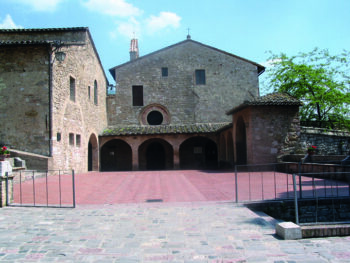
She was St Clare, a contemporary follower of St Francis. Under his influence, she was drawn to a life devoted to Christ, initially as a Benedictine. Her father tried to extract her from the convent so that she could marry, but she refused, declaring that she wanted no other husband but Christ.
She was joined by her sister, and they eventually settled in a building next to the church at San Damiano. Before long, other women joined them, and they became known as the “Poor Ladies of San Damiano.”
They lived a simple life of austerity, seclusion and poverty, according to the Rule given them by St Francis. Successive Popes tried to water down their Rule due to their “radical commitment to corporate poverty,” but Clare resisted. Finally, two days before her death in 1253, Pope Innocent IV declared her Rule would serve as the governing rule of the Order of Poor Ladies, now known as the Order of St Clare, or colloquially as ‘Poor Clares.’
On the plain near Assisi is the church of San Francesco in Rivotorto, where St Francis went to be alone with the Lord. As a mark of how intrinsically linked St Clare was to St Francis, there is a window there, amongst those showing the life of St Francis, of him attending a dying St Clare.
The beautiful window in St John’s Anglican Cathedral, Brisbane, over the page [3] shows St Clare as you would expect, complete with halo, clothed as an enclosed nun, holding a cross and a Bible. The only surprising thing is that her feet are bare. This corresponds with accounts that St Clare and her sisters wore no shoes, ate no meat, lived in a poor house and kept silent most of the time.
The small inset window [4] set underneath the main window [3], illustrates an episode in St Clare’s life. In 1224, an army of rough soldiers from Frederick II came to attack Assisi. Although very sick, Clare went out to meet them with the Blessed Sacrament in her hands. She had the Blessed Sacrament placed at the wall where the enemies could see it. Then on her knees, she begged God to save the Sisters. A voice seemed to answer: “I will keep them always in my care.” In that moment, a sudden fright struck the attackers and they fled as fast as they could without harming anyone in Assisi.
That same episode is reflected in the two windows on the next page, from the Immaculate Heart of Mary church in Gabicce Mare, Italy [5] and St Francis of Assisi Church, Paddington, Sydney [6].
To my mind, the repeated depiction of St Clare holding the Blessed Sacrament shows how important this episode was to those who revere her.
The order that St Francis and St Clare established in 1211 has become an important one in the life of the Church. As of 2011, there were over 20,000 Poor Clare nuns in over 75 countries throughout the world. The founders, from all accounts, would think that there was still a lot more to be done.
St Clare became sick and suffered great pain in later life, which she bore with great stoicism. In that way, amongst her other strengths, she was a great example to us all.
As I read more about St Clare, the more impressed I became with her courage, leadership, and the love of Jesus that she placed above all else. I have no idea what society was like in the early 13th century, but the example St Clare set is just as important today.
St Clare, pray for us.
Sources: Catholic Online, Wikipedia

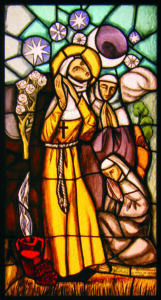
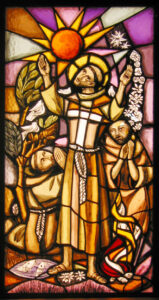
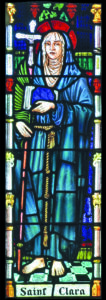
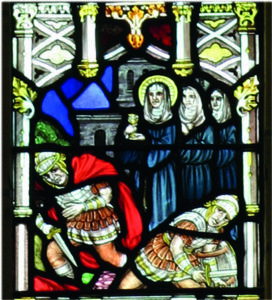


 Entries(RSS)
Entries(RSS)